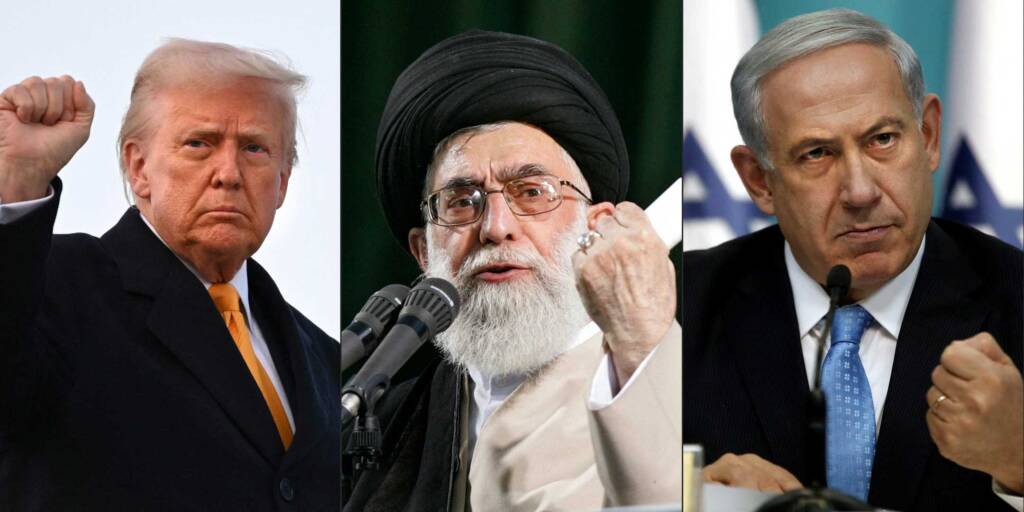In recent years, unmanned aerial vehicles (UAVs) have transformed the landscape of modern warfare. One of the most notable designs in this space is Iran’s Shahed-136 drone, a loitering munition widely recognized for its cost-effectiveness and operational impact in conflicts such as the Iran-Israel proxy confrontations.
The drone has given fantastic results for Iran and has been devastating for its adversaries. It seems the United States has now come up with a specific answer to the drone, with the Low-Cost Uncrewed Combat Attack System (LUCAS), a UAV strikingly similar to the Shahed-136, being called as a “shocking copy” of the Iranian drone.
Iran’s Shahed: A Game Changer
The Shahed-136 is a loitering munition developed by Iran, designed to carry a warhead over long distances and crash into targets with precision. Its low cost and relative simplicity have made it an attractive asset in asymmetric conflicts, particularly visible in the ongoing Iran-Israel tensions where both sides have employed drones for offensive and defensive operations. The Shahed-136’s effectiveness lies not just in its inexpensive, expendable drones to overwhelm more advanced air defenses.
In 2025, the U.S. Department of Defense revealed LUCAS, a low-cost UAV system with striking design and functional similarities to the Shahed-136. Analysts suggest that LUCAS incorporates lessons learned from the Iran-Israel drone engagements, combining the Shahed’s loitering attack capabilities with U.S. technology enhancements to increase operational flexibility and impact.
While some experts describe LUCAS as a “shocking replica”. The U.S. has integrated advanced sensors, communications, and potentially improved guidance systems, making LUCAS a formidable tool tailored for American military objectives. Its low production cost ensures that the U.S. can deploy large numbers rapidly, matching Iran’s swarm drone tactics.
Iran’s Angry Response
Iran has publicly condemned the U.S.’ development of LUCAS as an attempt to appropriate Iranian military technology. Iranian military officials argue that the Shahed-136 embodies a unique synthesis of operational experience and indigenous innovation that cannot be replicated merely by mimicking its shape or mission profile.
In response, Tehran is reportedly accelerating its drone development programs, focusing on enhancing autonomy, endurance, and electronic warfare resistance. Iranian commanders emphasize that their strategy relies not just on technology but on the tactical employment of drones within broader asymmetric warfare doctrine.
Furthermore, Iranian media has framed LUCAS as a sign of U.S. recognition of Iran’s effectiveness in drone warfare, portraying it as a validation of Tehran’s military ingenuity. Iran continues to export and support drone technology to allied groups in the region, reinforcing the strategic value of its UAV capabilities.
Lessons from the Iran-Israel Drone War
The Iran-Israel drone confrontations have been a laboratory for UAV warfare tactics and countermeasures. Several key lessons emerged:
Swarm and Saturation Tactics: Using large numbers of inexpensive drones overwhelms sophisticated air defenses.
Loitering Munitions for Precision Strikes: Combining endurance with precision targeting allows for strikes on high-value assets.
Electronic Warfare Vulnerabilities: Both sides have shown the importance of robust electronic countermeasures.
Cost-Effectiveness over Technological Sophistication: Expensive manned aircraft are increasingly vulnerable to low-cost drones.
Rapid Innovation Cycle: Continuous adaptation of drone design and tactics is critical in maintaining battlefield advantage.
The U.S.’ development of LUCAS reflects these lessons, emphasizing scalable, cost-effective drone deployment as a central pillar of modern combat strategy.
Strategic Implications
The emergence of LUCAS marks a significant shift in American military thinking. It acknowledges the strategic advantage of Iran’s drone doctrine and seeks to incorporate it with U.S. technological superiority. This development signals an era where low-cost, high-impact drones will become standard in combat theaters, demanding new doctrines for defense and offense.
Moreover, LUCAS’s introduction underscores the blurred lines between original innovation and adaptive replication in defense technologies—a dynamic likely to accelerate as global drone proliferation continues. Iran is bound to be frustrated by what it sees as blatant copying; however this also reinforces its cutting-edge drone technology that even the West now acknowledges by copying it. This will reinvigorate its programs to produce more such weaponry as Drone warfare becomes a major part of military clashes.
